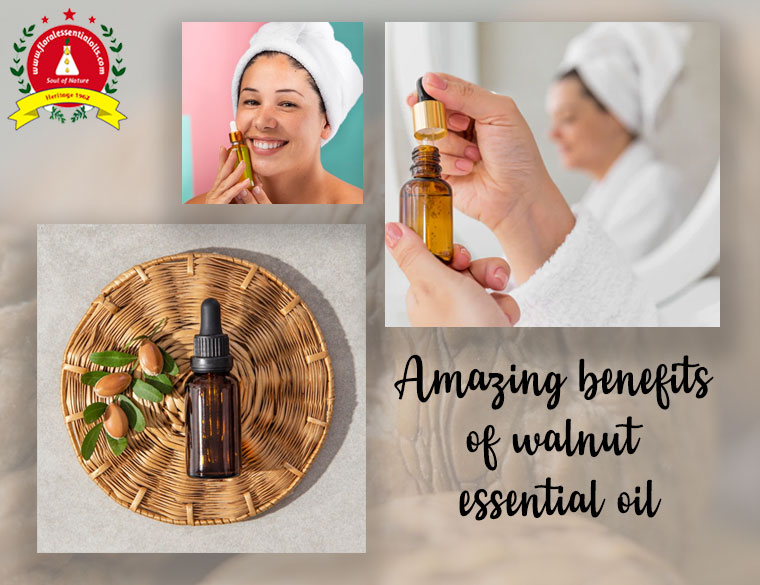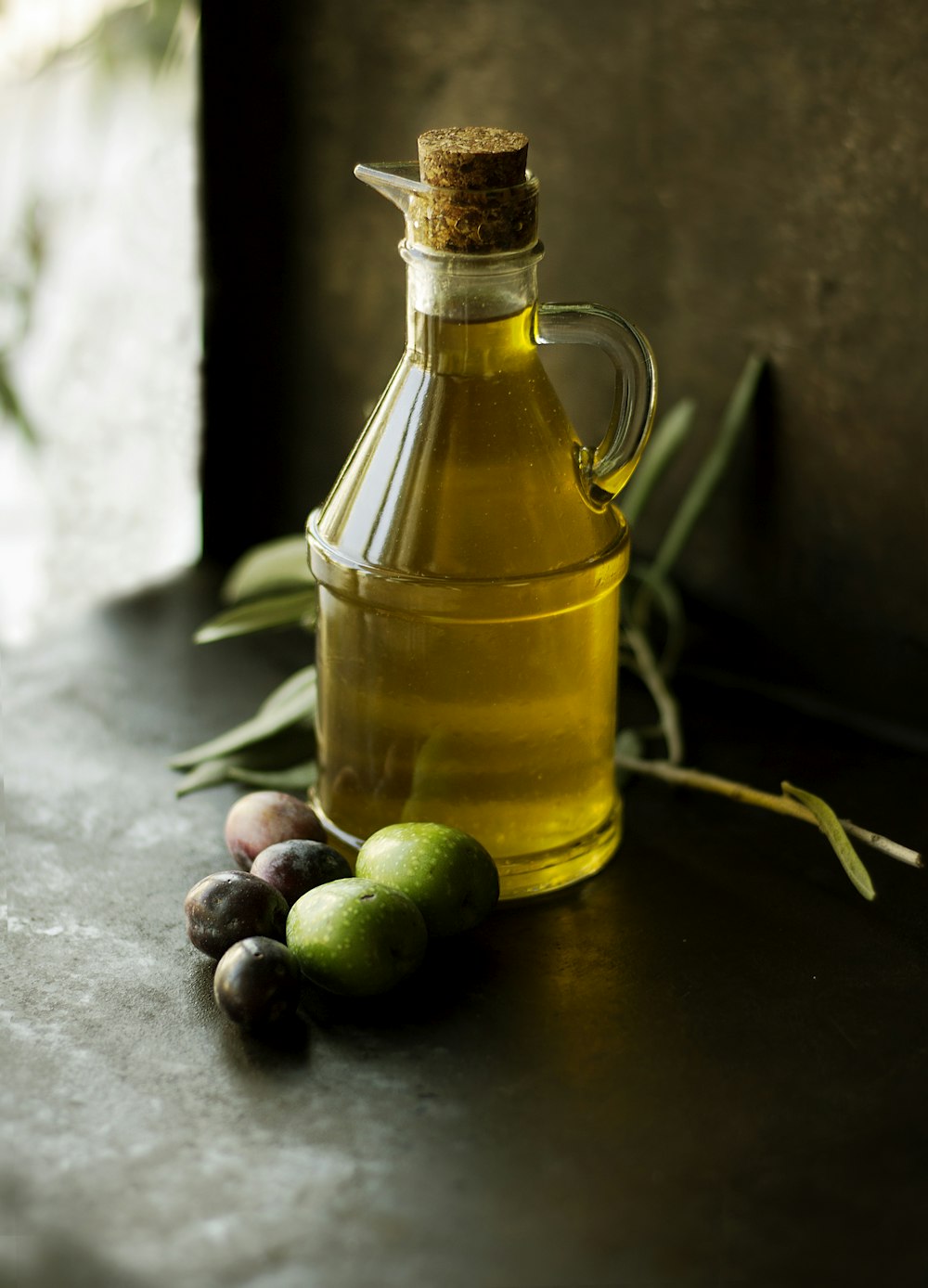Walnut oil is regarded as one of the best ingredients for hair. It is derived from the kernels of walnuts and is high in essential fatty acids. It also has antifungal, antibacterial, anti-inflammatory, and other therapeutic properties. It improves blood circulation, making it an excellent ingredient for hair growth. Regular use of Walnut Oil in hair care recipes gives your hair a perfect shine.
How can Walnut Oil benefit your hair?
Walnut oil helps to keep the scalp and hair in good condition. It strengthens the hair roots, preventing hair loss. If you have problems with your hair and scalp, walnut oil can help. Its soothing effects on the scalp reduce irritation, and its anti-microbial properties treat problems such as dandruff.
It contains potassium, which hastens the growth of hair. As a result, the next time you go shopping, remember to include Walnut Oil in your hair care routine.
Where to buy walnut essential oil?
Walnut essential oil is very easily available at various essential oils manufacturers or essential oil suppliers. You can also buy online to avoid any hassle.
Also Read : 4 Magical Carrier Oils For Your Hair
Hair Benefits of Walnut Oil
Walnut Oil for Hair works well as a magical hair care ingredient and also has several therapeutic benefits. Its antifungal properties keep scalp infections at bay. This oil contains omega-3 fatty acids, which help to repair hair damage. It also has cell regeneration properties, which help with hair growth. Some of the most important advantages of using Walnut Oil in your hair care recipes are highlighted below:
1. Promotes Hair Growth – Walnut oil contains biotin, which promotes hair growth. It contains vitamin B7, which promotes thick, strong, and long hair. Applying Walnut Oil to color-treated hair improves the shine. The presence of potassium naturally accelerates the process of hair growth.
2. Treats Dandruff – Applying Walnut Oil to a dry and irritated scalp provides immediate relief. It also addresses the issue of dandruff by removing the toxins that cause it to form. It also improves blood circulation in the scalp and prevents dandruff from spreading. The use of Walnut Oil in hair care recipes on a regular basis will result in dandruff-free hair.
3. Stop Hair Loss – Hair loss can occur for a variety of reasons. Poor scalp health and loosened hair roots, on the other hand, are major causes. Walnut oil strengthens hair roots and improves scalp health. It significantly reduces hair loss and repairs damaged hair.
4. Prevent Hair Thinning – Walnut Oil’s cell regenerative properties ensure that your hair does not thin. In fact, it thickens and improves the quality of your hair by providing adequate nourishment. This oil’s fatty acids make your hair strong, long, and shiny.
5. Strengthens Hair Follicles – Walnut Oil strengthens your hair follicles by treating the scalp and fortifying the hair roots. It also adds shine to your hair by improving its structure and cellular composition. It also soothes the scalp and prevents split ends and hair loss.
Hair Benefits of Walnut Oil
Walnut oil can be used alone or in combination with other oils and ingredients. Because of its nourishing effects on the scalp and hair, it is frequently used in hair masks and hair care blends. It works well in all hair care recipes because it is high in zinc, phosphorus, magnesium, and other nutrients that are necessary for hair health.
Walnut oil for hair does wonders by nourishing the scalp.
Pre-Hair Wash Walnut Oil Hair Recipe
Pre-poo is a hair treatment method that you use before washing your hair with shampoo. It is especially recommended for people with damaged or fragile hair. The oil blend seals the hair cuticles and keeps hair follicles from erupting. The following DIY pre-poo Walnut Oil recipe works well for all hair types:
Ingredients
- 10 tbsp. walnut oil
- 5 tbsp. jojoba oil
- 5 drops tea tree oil
Recipe :
Take a glass bowl and thoroughly combine all of the oils. Because this is a pre-poo blend, there is no need to wash your hair before applying it.
How to Use
Massage the oil into your hair strands and scalp. Cover the entire head and thoroughly apply it. Following its application, your head should feel warm.
Wear a shower cap and wait 1 hour before shampooing and conditioning your hair.
Hair Side Effects of Walnut Oil
There have been no reported side effects of Walnut Oil on hair. To avoid any side effects, make sure to get natural and organic Walnut Oil. If your hair is sensitive to natural oils, perform a patch test on a small portion of your scalp before applying it to your entire scalp and hair.
Conclusion
Walnut oil is great for your hair because it promotes growth and reduces dandruff, hair fall, hair thinning, and hair loss. It shields your hair from environmental factors such as sunlight, heat, pollution, dirt, and so on. It accomplishes this by sealing the hair cuticles and forming a protective shield over the hair follicles.









